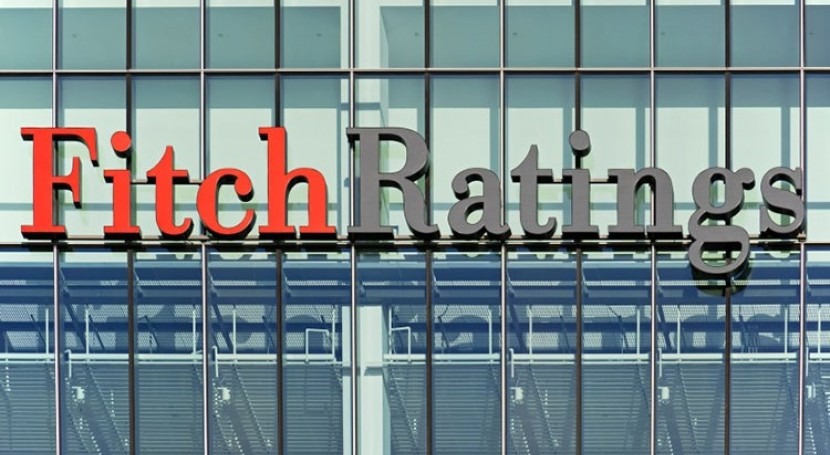Fitch Ratings-New York/Austin-12 December 2023: The American Rescue Plan Act (ARPA) and the Bipartisan Infrastructure Law (BIL) provide important funding support to water and sewer utilities to address needed infrastructure improvements and maintenance, Fitch Ratings says. Despite the significant infusion of funds, Fitch estimates a funding gap in excess of $85 billion over the next five years that will need to be covered by paygo or additional debt.
Federal funding under ARPA and the BIL is supportive of water utility credit quality as it helps maintain and improve existing infrastructure, thereby moderating increases in Fitch’s life cycle ratio, a measure of the age of capital assets. Federal grants under these laws also offset some of the need for new debt funding and significant rate increases to address capital plans, supporting overall affordability.
Utilities face increasing capex costs given inflation, aging infrastructure, and Environmental Protection Agency (EPA) mandates and proposed rules, namely per- and polyfluoroalkyl substances (PFAS) remediation, Lead and Copper Rule Revisions (2021) and Lead and Copper Rule Improvements (2023), which would require most water systems to replace lead service lines within 10 years.
Water supply and sewer construction spending were up 15.3% and 27.2%, respectively, in October 2023 from a year ago, according to Census data. Within the Fitch-rated portfolio, five-year capex/depreciation ratios have been increasing year over year, exceeding 150% since 2019, reflecting sustained, robust capital spending. This spending has kept the Fitch-calculated life cycle ratio relatively stable at around 37% for the last several years.
The EPA estimates $625 billion of total water infrastructure needs over 20 years for states and territories, according to the September 2023 Drinking Water Infrastructure Needs Survey and Assessment (DWINSA), based on 2021 data. This represents an increase of 32% from the last survey based on 2018 data. Distribution and transmission compose the largest need at 67% of total infrastructure needs. Lead line replacement alone is estimated to cost between $50 billion and $80 billion, per the DWINSA.
The BIL provides $35.7 billion in funding through 2026, the majority of which will be grants or principal forgiveness loans, specifically for water infrastructure ($50 billion total inclusive of wastewater funding). ARPA funding separately supports an estimated $55 billion of additional water/sewer investments through 2026. Much of this funding will flow through State Revolving Funds (SRFs). Funding eligibility is not solely based on capital needs, as a significant portion of federal grant amounts are set aside for disadvantaged communities.
The EPA also provides a standard annual SRF allotment via the drinking water ($1.1 billion in 2023) and clean water ($1.6 billion in 2023) SRFs with each receiving an additional 20% state match. Recent use of congressional earmarks benefiting certain states over others and proposals to cut annual SRF funding could limit this resource in the future. However, the proposed cuts do not appear to have broad support and may not make it into the final federal budget.
The funding gap between infrastructure needs as assessed by the EPA and annual SRF allocations (inclusive of state match requirements), ARPA and BIL funding is likely to widen after ARPA and BIL programs expire. It may need to be filled by additional borrowing or deferring discretionary capital projects.
Federal and state financing options may also be available, but most will be in the form of loans instead of grants. This includes low-cost loans provided through the Water Infrastructure Finance and Innovation Act (WIFIA) program and state programs such as the State Water Implementation Fund for Texas. The municipal water systems of Chicago and Philadelphia received significant WIFIA loans to replace lead pipes, and Orange County Water District, CA received funding to address PFAS contamination.




